Decoding Bank Stress Tests: What They Are and Why They Matter
In 2008, the financial world faced a seismic shock that reshaped our understanding of economic stability. This defining moment highlighted a critical need: robust bank stress tests. These tests are essential evaluations designed to measure a bank’s ability to withstand severe economic downturns. But what exactly are these stress tests, and why are they vital for the health of our financial system? In this article, we will explore the inner workings of bank stress tests, shedding light on their importance in safeguarding the economy. Decyfin will be stress tested on a regular basis.
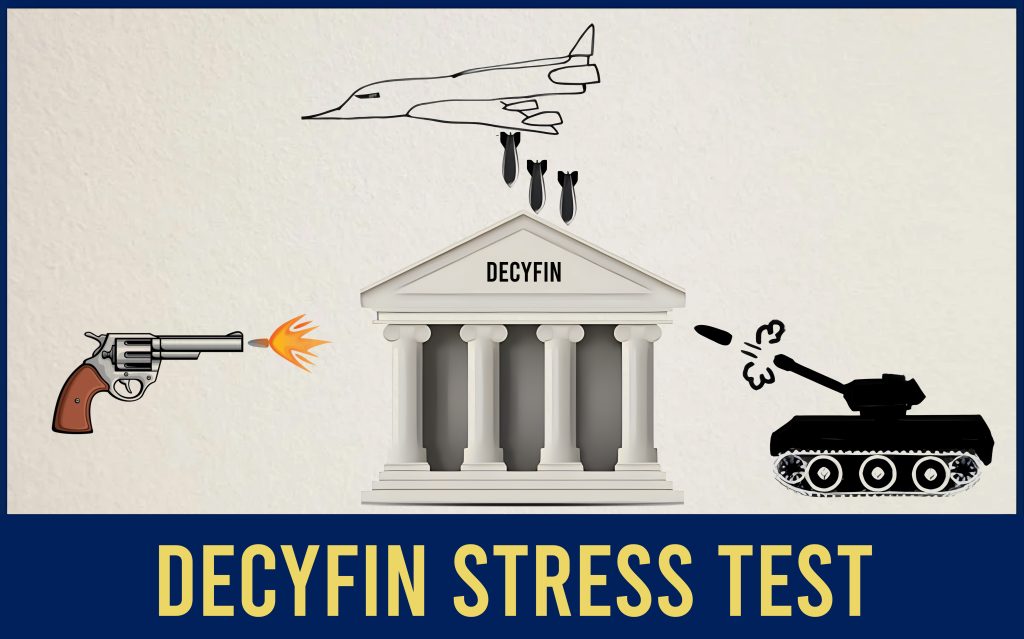
Understanding Bank Stress Tests
Bank stress tests are critical evaluations designed to ensure that banks have sufficient capital to survive adverse economic scenarios, such as deep recessions or financial market crashes. Particularly in the United States, banks with assets over $50 billion are mandated to conduct these tests, both internally and under the oversight of the Federal Reserve.
The necessity of bank stress tests became evident after the 2008 financial crisis, which left many banks severely undercapitalized and exposed their vulnerability to market downturns. In response, regulatory requirements were significantly expanded, focusing on the adequacy of capital reserves and the banks’ strategies for managing their capital.
These tests are now a regular requirement for banks of certain sizes, both federally and internationally, to assure their solvency and financial health. When banks fail these stress tests, they are required to take measures to strengthen their capital reserves, ensuring they are prepared for potential economic challenges.
We at Decyfin conduct stress tests to assure our liquidity, assets, and liabilities.
The Inner Workings of Bank Stress Tests
Bank stress tests delve deep into specific risk areas, such as credit, market, and liquidity risks, to assess a bank’s ability to withstand crisis conditions. These evaluations use sophisticated computer simulations to create hypothetical scenarios. The criteria for these scenarios are informed by guidelines from regulatory authorities like the Federal Reserve, the International Monetary Fund (IMF), and the European Central Bank (ECB), which oversees stress testing for a significant portion of Europe’s banking sector.
In practice, these tests include a variety of scenarios, ranging from localized disasters like a hurricane in the Caribbean to more widespread economic downturns encompassing factors like a sharp increase in unemployment rates, significant drops in stock and home prices, and other market destabilizers. Banks project their financials over nine quarters into the future to determine whether their capital reserves are sufficient to survive these hypothetical crises.
Historical events also play a crucial role in shaping these stress scenarios. Past crises like the tech bubble burst, the subprime mortgage meltdown, and the 2020 coronavirus pandemic provide valuable case studies. These historical benchmarks, including the 1987 stock market crash and the late 1990s Asian financial crisis, help banks prepare for potential future shocks.
The introduction of the Comprehensive Capital Analysis and Review (CCAR) in the U.S. in 2011 further reinforced the importance of these stress tests. This regulation requires banks to run various stress-test scenarios, ensuring a rigorous and continuous evaluation of their capacity to handle financial adversity. This process underlines the proactive approach to maintaining financial stability and preparedness against future economic uncertainties.
Criteria of Stress Testing
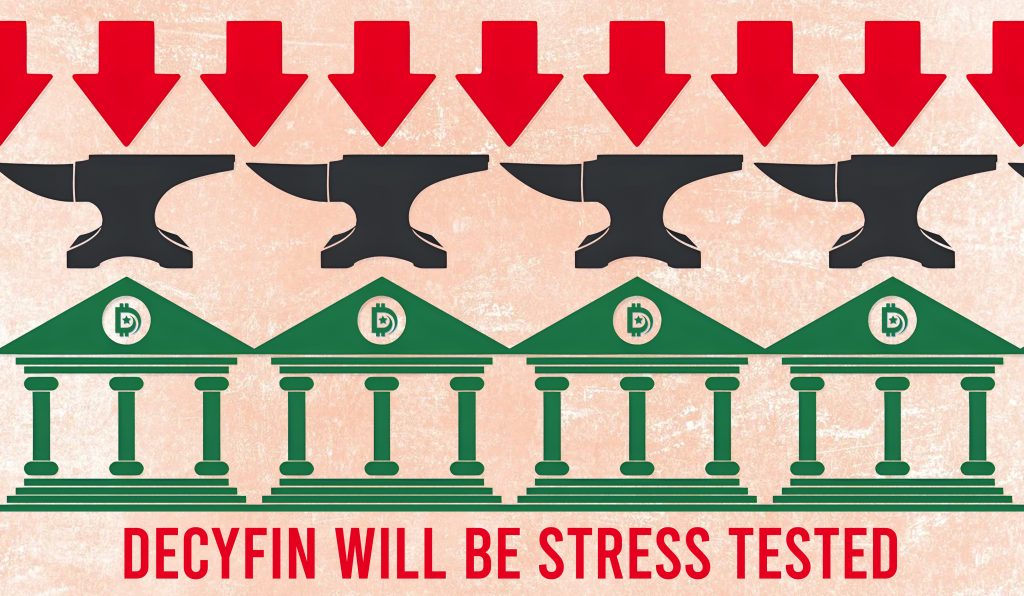
The criteria for bank stress testing are meticulously designed to ensure a thorough evaluation of a bank’s financial robustness. These criteria vary depending on regulatory requirements but generally include several key elements:
- Economic and Market Conditions: Stress tests examine how banks would perform under extreme economic conditions, such as deep recessions, high unemployment, or market crashes.
- Risk Exposure Assessment: Banks must evaluate their exposure to various risks, including credit, market, and operational risks.
- Capital Adequacy: A crucial part of the test is determining whether a bank has enough capital to absorb losses during the simulated stress scenarios.
- Liquidity Analysis: Banks are tested for their ability to maintain adequate liquidity, ensuring they can meet immediate financial obligations.
- Scenario Severity and Plausibility: The stress scenarios should be severe enough to challenge the bank’s financial resilience yet plausible enough to reflect potential real-world events.
These criteria help ensure that banks are not only prepared for current economic conditions but are also equipped to handle potential future crises.
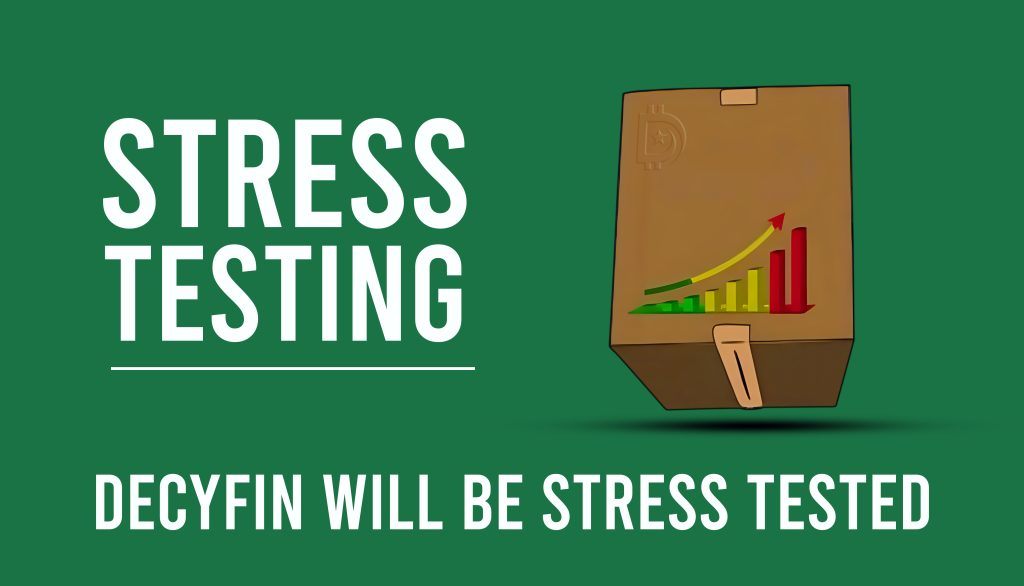
Bank Stress Testing Tools and Datasets
Effective bank stress testing relies on sophisticated tools and comprehensive datasets. These resources are vital for accurately simulating stress scenarios and analyzing the potential impact on a bank’s financial state. Key tools and datasets include:
- Simulation Software: Advanced software is used to create and run hypothetical stress scenarios, providing detailed analyses of potential outcomes.
- Historical Data: Extensive datasets containing historical economic, financial, and banking data are crucial for modeling realistic stress scenarios.
- Risk Management Models: These models help banks assess various types of risks under different stress conditions.
- Regulatory Reporting Tools: Banks use these tools to compile and report test results to regulatory bodies, ensuring compliance with stress testing requirements.
- Data Analytics Platforms: These platforms enable banks to process and analyze large volumes of financial data, which is crucial for accurate stress testing.
By utilizing these tools and datasets, banks can conduct comprehensive stress tests, gaining valuable insights into their capacity to withstand economic turbulence. This process is vital to maintaining financial stability and preventing future crises.
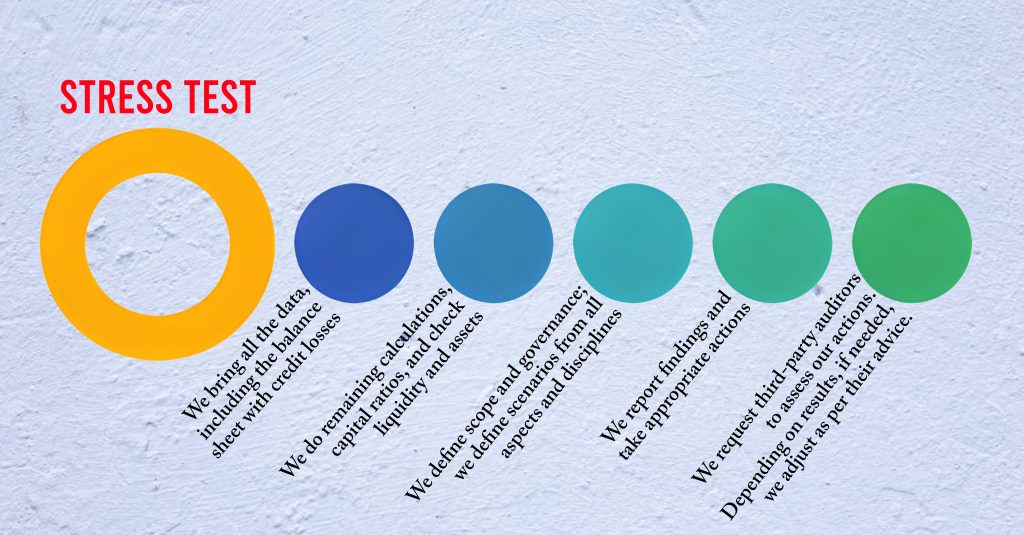
Financial Stress Testing Models and Examples
The type of stress test a bank undergoes largely depends on its size and the specific regulatory environment of the country where it operates. In the United States, two primary stress tests are prevalent: the Comprehensive Capital Analysis and Review (CCAR) and the Dodd-Frank Act Stress Test (DFAST). Both are designed to ensure financial institutions can withstand challenging economic environments, but they cater to different bank sizes and have distinct focuses.
Comprehensive Capital Analysis and Review (CCAR)
CCAR is mandatory for banks with assets exceeding $100 billion. For even larger institutions, specifically those with over $250 billion in assets, the CCAR testing is more rigorous, incorporating both qualitative and quantitative assessments. The qualitative aspect of CCAR delves into a bank’s internal risk management strategies and policy effectiveness, ensuring a robust framework for handling financial stress.
Dodd-Frank Act Stress Test (DFAST)
DFAST targets the largest financial entities, typically those with assets over $250 billion. Banks in this category must meet the stringent requirements of DFAST and regularly report their test results to the Federal Reserve. This test is designed to ensure that these major institutions have adequate measures in place to manage and survive potential financial upheavals.
Globally, central banks in various countries implement similar stress testing frameworks tailored to their specific financial landscapes. These tests, although diverse in their specifics, share a common goal: to ensure the resilience and preparedness of banks against a backdrop of potential financial adversities. By regularly undergoing these stress tests, banks not only prove their own stability but also contribute to the overall health of the global financial system.
Benefits of Finance Stress Testing
Finance stress testing offers several key benefits, crucial for both the banks undergoing the tests and the broader financial system:
- Risk Identification: Stress tests help banks identify and address potential vulnerabilities in their financial structure before they become critical.
- Enhanced Financial Planning: By understanding potential stress impacts, banks can better plan their capital allocation, liquidity management, and overall financial strategy.
- Regulatory Compliance: Regular stress testing ensures that banks comply with regulatory standards, helping maintain a stable and trustworthy financial system.
- Investor Confidence: Consistent stress testing and transparent reporting can bolster investor confidence in a bank’s stability and long-term viability.
- Systemic Risk Reduction: On a broader scale, stress testing across multiple banks can help identify and mitigate systemic risks to the financial system.
Through finance stress testing, banks not only safeguard their own stability but also contribute to the resilience and reliability of the global financial landscape.
What Happens If a Bank or Financial Institution Fails a Stress Test?
When a bank or financial institution fails a stress test, it triggers a series of actions and implications, both for the bank itself and potentially for the broader financial market. The failure of a stress test indicates that the institution may not have sufficient capital or robust risk management strategies to withstand severe economic downturns. Here are the typical outcomes and steps taken following a stress test failure:
- Regulatory Intervention: The immediate response is often regulatory intervention. The concerned regulatory bodies, such as the Federal Reserve in the U.S., will closely examine the reasons behind the failure and require the bank to address these vulnerabilities.
- Capital Restructuring Requirements: The bank may be required to increase its capital reserves. This could involve raising additional equity, retaining earnings instead of distributing them as dividends or even selling off certain assets to bolster capital.
- Enhanced Supervision and Restriction on Operations: Banks that fail stress tests may face heightened supervision from regulators. They might also be restricted from certain operations, such as mergers and acquisitions until they adequately improve their financial health.
- Revising Risk Management Practices: The bank will need to reassess and enhance its risk management practices. This could involve reevaluating lending criteria, investment strategies, and overall operational risk controls.
- Public Confidence Impact: Failure of a stress test can affect the public’s confidence in the bank. It may lead to a decline in customer trust and can impact the bank’s market reputation.
- Re-Testing: Often, a bank that fails a stress test will need to undergo subsequent testing after a specified period, demonstrating that it has taken corrective measures and improved its financial resilience.
The implications of failing a stress test are significant, as they directly impact the bank’s ability to operate effectively and maintain trust among investors and customers. Therefore, passing these tests is crucial for the continued operational success and stability of financial institutions.
Real-World Example: The 2011 Bank of America Stress Test
A notable instance of a bank facing the consequences of failing a stress test occurred in 2011 with Bank of America. During the Federal Reserve’s Comprehensive Capital Analysis and Review (CCAR), Bank of America, one of the largest banks in the U.S., did not meet the Fed’s capital requirements under the hypothetical stress scenario. This failure was a significant moment in the financial sector, as it highlighted the stringent nature of these stress tests, even for major banks.
As a result of failing the stress test, Bank of America faced several immediate and long-term actions:
- Regulatory Intervention: The Federal Reserve required the bank to submit a revised capital plan, addressing the identified shortcomings in its financial structure.
- Capital Restructuring: BoA was compelled to halt its plans for increasing dividends and stock buybacks, a move aimed at preserving and increasing its capital reserves.
- Increased Oversight: The bank came under closer scrutiny from regulators, ensuring that it implemented the necessary measures to enhance its financial stability.
- Revising Strategies: Bank of America had to reassess its risk management strategies and operational practices to align with regulatory expectations.
- Restoring Public Confidence: The failure had an impact on public perception, prompting the bank to undertake measures to rebuild trust and reassure investors and customers of its financial health.
- Subsequent Testing: Bank of America underwent subsequent stress tests to demonstrate its improved resilience and capability to manage potential economic downturns.
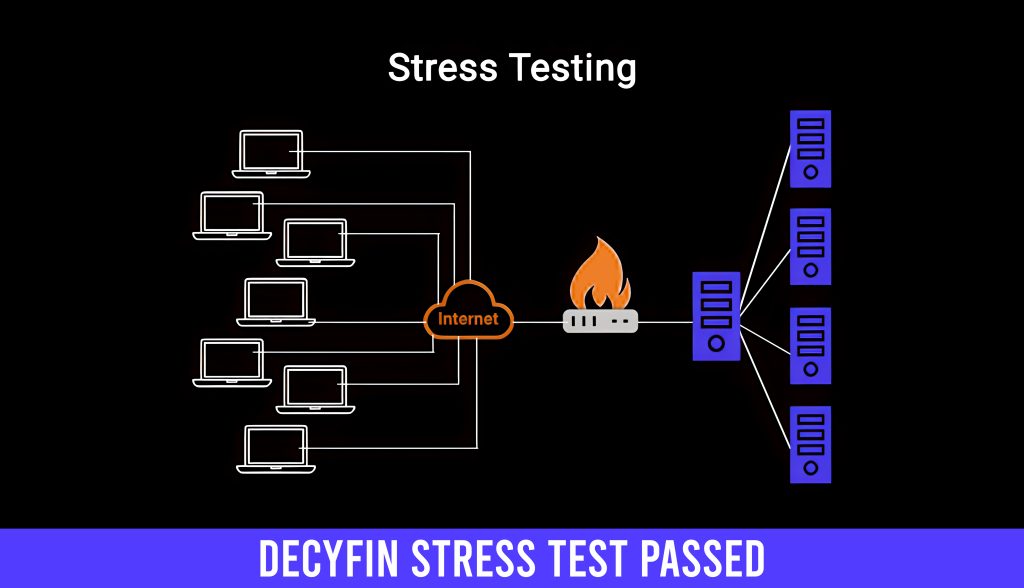
Final Thoughts
At the end of the day, bank stress tests stand as critical guardians of stability. Evolving from lessons learned in the 2008 crisis, these tests now play a pivotal role in fortifying banks against future economic challenges. They not only assess financial robustness but also reinforce confidence in the entire banking system. As we move forward, the continuous evolution of stress testing remains critical in ensuring that banks are well-equipped to navigate and withstand the complexities of the financial world. Stress tests at Decyfin will be an international standard.
